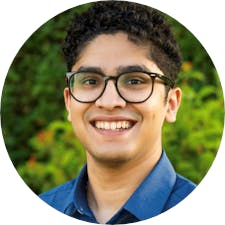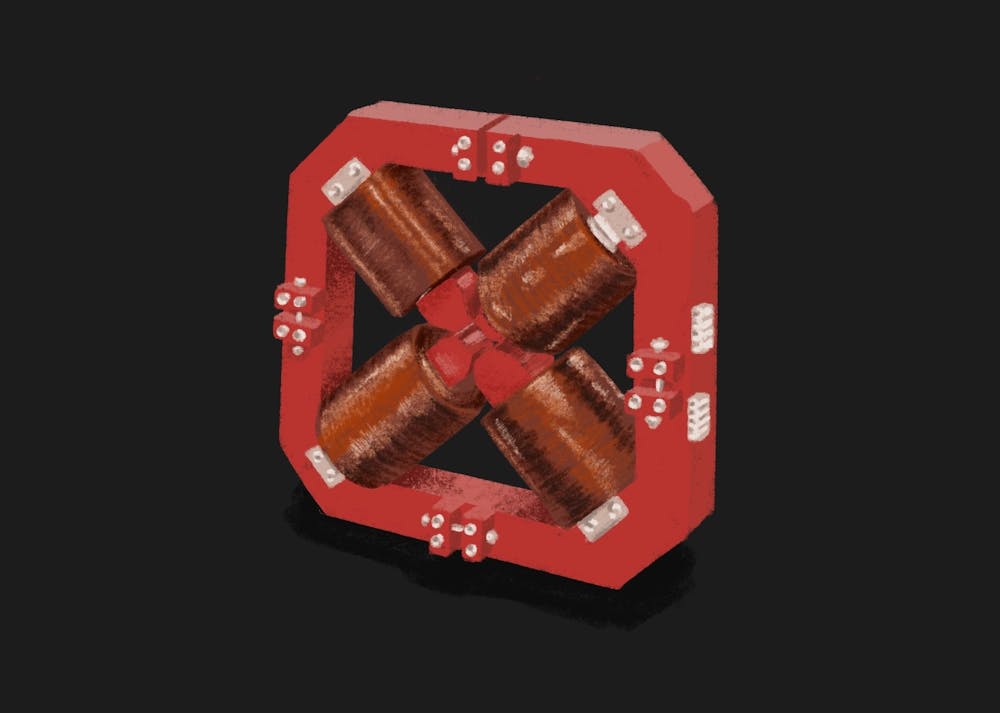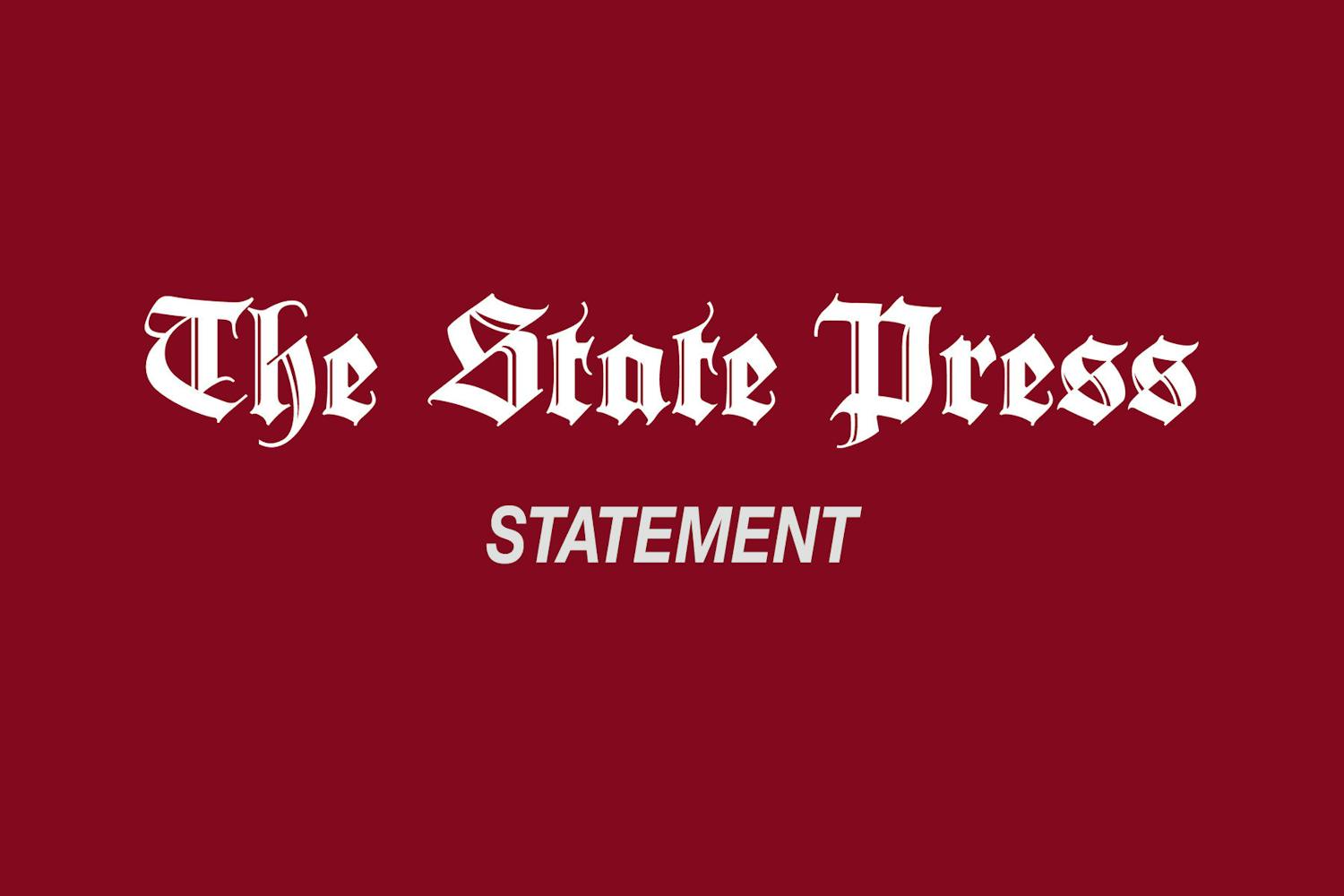ASU Biodesign Institute's Beus CXFEL Laboratory is wrapping up construction to begin making "molecular movies" and researching proteins with their high powered X-ray machine.
After initially learning about the first free-electron laser in 2009, William Graves, an associate professor of physics, along with a few others, had the idea to develop a more compact version that could be fit into a room by replacing certain parts and making what was a large group of electrons into a smaller laser structure essentially making “a big blob into a small blob."
John Spence, a Regents professor of physics, was also investigating the benefits of a compact X-ray machine. Spence realized that Graves' work could be used in universities and hired him to continue his work at ASU.
“Having a small one on campus might become popular and other companies and universities around the world would greatly like to have an X-ray laser,” Spence said. “It’ll be used not just for biology but for materials science, chemistry and atomic physics.”
Spence said given that the original one was massive and finding time to use it was difficult, having a smaller version inside a room would allow them to better understand their work by looking at "snapshots of atomic processes."
These snapshots are taken with two machines. One of them, known as the compact X-ray light source, is currently under development and is set to be ready for use next year. The machine will create hard X-rays by producing “ultrashort” bursts to capture the necessary information.
The second machine, very similar to the first, is called the compact X-ray free electron laser. The machine will use a faster, shorter xray laser technology.
Robert Kaindl, a professor of physics and director of the CXFEL laboratories, said technology that can capture the fundamental interactions of molecules will be crucial in the future of pharmaceutical development.
“To really look at the processes and really look at the systems as dynamic systems, we need tools that can capture the physics and chemistry on those short time scales," Kaindl said.
Kaindl said even though there are tools that can provide very high, stable sources, what ASU is developing is unprecedented. The CXFEL’s ability to capture the molecules at the ultrashort time frame breaks the barrier of what has already been seen in the scientific community, according to Kaindl.
One of the goals regarding the development of the machines is to make "molecular movies." According to Spence, these movies are being used to understand how pharmaceuticals interact with proteins.
These movies also show how viruses attach themselves to proteins in the human body. Along with that, the CXLS will be able to do biological imaging of lung tissue, which can help researchers look at how SARS-CoV-2, the virus that causes COVID-19, interacts with the tissue.
"(The machines) will definitely help, it gives us eyes into the biological and chemical mechanisms that are occurring," Graves said. "So it will help us understand what is happening and what pharmaceuticals might help to remediate the damage that is caused."
The CXFEL lab is developing the first CXLS machine, and both current and former ASU students are putting it together. Graves said students graduate and come back to design and test the technology.
Mark Holl, a research scientist, deputy director of the CXFEL laboratories and the project engineer on the project, said the lab is "a great platform for student education." Students were working full-time over this past summer to put everything together. Students are also involved in the design-based work, and 12 students from various fields are currently working on the project.
“Without students, this would not be on its way towards being built,” Holl said.
Kaindl said the machines provide tremendous opportunities for students and the University because it can be applied across a broad range of fields.
"We are the only university in the U.S. that has an on-campus X-ray free-electron laser once it's built," Kaindl said. "It will help in developing a new generation in X-ray science."
Editor's Note: A previous version of this article included information that incorrectly stated when CXFEL will operate its laser and what machine provided the imaging in the GIF. The article was updated at 6:45 p.m. on Oct. 21 to reflect these changes along with additional clarifications.
Reach the reporters at ljchatha@asu.edu and follow @LukeJC2 on Twitter.
Like The State Press on Facebook and follow @statepress on Twitter.

Luke Chatham is a Community & Culture reporter and previous Business and Tech reporter. He also worked in the studio production crew for Cronkite News and is currently a freelance reporter and writer for Arcadia News.





